“There are two boxes of masks left at home. Hurry and go online to see if the masks are out of stock.” I believe most people When buying a mask on an e-commerce platform, the most preferred choice in my mind is the 3N, Honeywell brand KN95 mask. Opening the JD masks ranking, Honeywell ranked second. Even children using KN95 masks, the number of evaluations reached more than 10,000, showing how much Honeywell’s influence in the mask industry.
But Honeywell ’s main business is not actually manufacturing masks. It is an aerospace industry, automation equipment, “World Top 500” company based on specialty materials and technology. Inside this company, there is also a mysterious scientific research team. They do neither aerospace equipment nor masks. They specialize in the future technology-quantum computing.
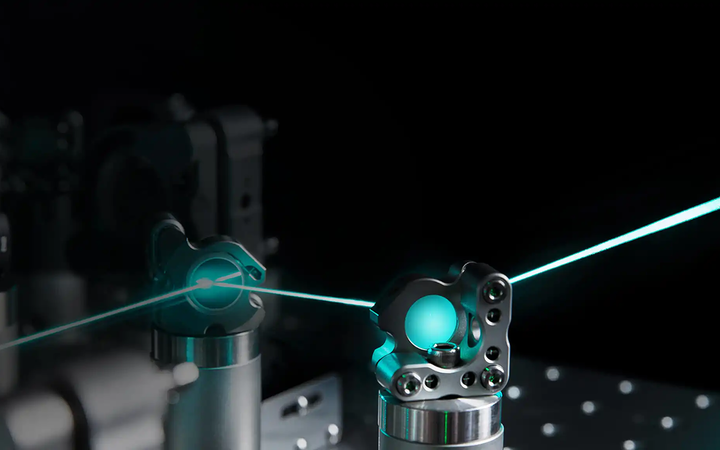
▲ Honeywell’s QuantumTrap laser system Picture from: honeywell
On March 3 this year, Honeywell announced on its official website: “Thanks to technological breakthroughs, we It is expected to launch the world’s most powerful quantum computer in the next 3 months. Its quantum volume (Quantum Volume) can reach at least 64, which is twice that of the industry’s competitive product (IBM). It will be 10 times per year for the next 10 years. Will increase the number of quantum computers by 100,000 times by 2025.
Honeywell’s research on quantum computing is not a slap in the head, it had a deep connection with the computer industry. Decades ago, Honeywell entered the mainframe computer market, but with the shrinking of the mainframe computer market in the 1980s and strong pressure from competitors such as IBM, Honeywell and Japan ’s NEC Corp. Negotiated with French state-owned computer maker Groupe Bull SA to sell computer business.
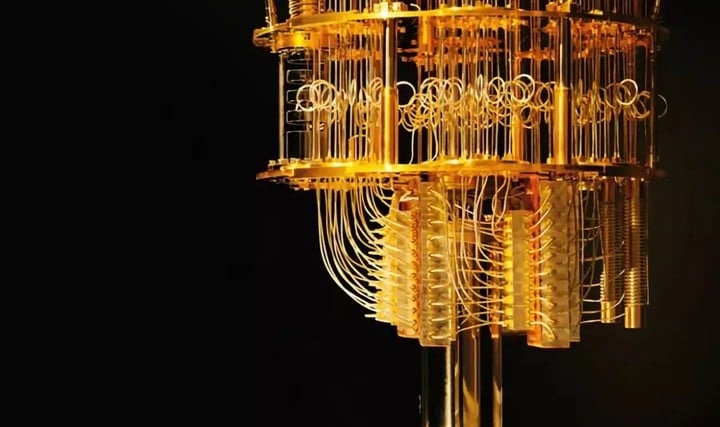
▲ IBM quantum computer
However, Honeywell has not given up tracking of cutting-edge technologies. According to Tony Uttley, president of the department, Honeywell Ten years ago, I started to pay attention to and study the direction of quantum computing, and determined the direction and started the plan five years ago, and formed a research team of about 100 people to start research.
At present, there is no unified technical model for quantum computing. Several mainstream players have chosen different technical solutions to compete separately. Last year’s limelight IBM and Google adopted superconducting quantum technology, Microsoft chose topological quantum technology, Intel chose its better silicon quantum technology, and D-Wave used quantum annealing technology.
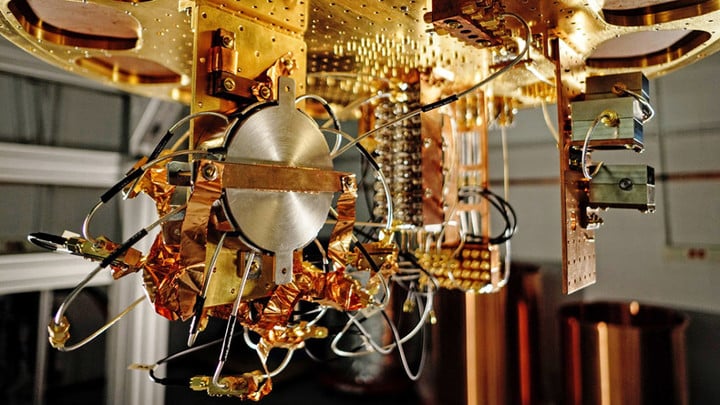
▲ Google’s quantum computer
Honeywell chose the ion trap technology. Compared with the more mature superconducting qubits, the ion trap The advantage is that the qubit coherence time is much longer, and it can perform high-fidelity quantum state measurement and quantum gate operation. In addition, in theory, any two quantum bits in the ion trap can interact with each other, and the accuracy of the calculation is higher than that of superconducting quantum technology. Of course, it also has problems that require a lot of laser interference and slow calculation speed.
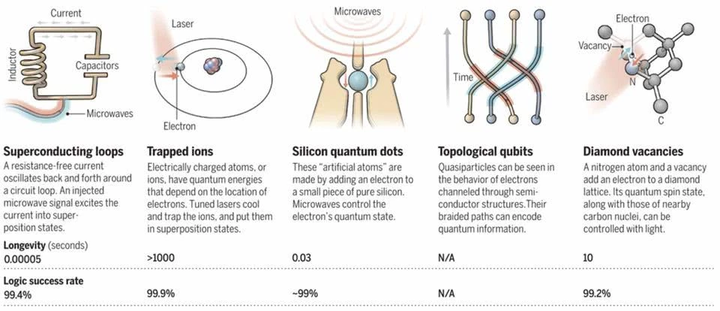
▲ Comparison of current mainstream quantum computer solutions
Honeywell has developed a two-dimensional ion trap made using undercut etched gold electrodes and placed it in In a 12.6K ultra-low temperature environment, thorium ions (171Yb +) and barium ions (138Ba +) are paired and put together. Among them, thallium ions are qubits for operation and barium ions are cooperative cooling. This quantum computer has a total of four qubits.
▲ Honeywell quantum computer components Picture from: honeywell
These four qubits, combined with Honeywell’s unique algorithms, can execute specific quantum circuits through FPGAs. Pause quantum calculations and read quantum states. After analyzing the results, choose a different path to calculate again. This is a bit like the “if” selection algorithm in classic computers. For quantum algorithms, this calculation mode opens up new possibilities.
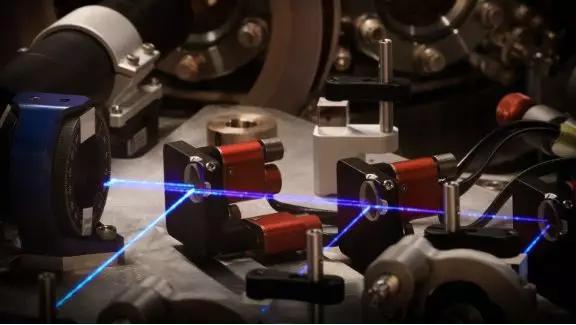
▲ Quantum well laser system Picture from honeywell
Of course, quantum bits are not the only criterion for evaluating the performance of a quantum computer. In the test, Honeywell introduced IBM’s quantum volume indicator “comprehensive calculation of the number of qubits, gates and measurement errors, device cross-communication, and device connection and circuit compilation efficiency, etc., to finally get the indicator.
After calculation, Honeywell announced that the four qubits in the architecture have reached a quantum volume of 16, By comparison, the IBM quantum volume record is 32, and the quantum computer that achieves this score has 28 qubits.
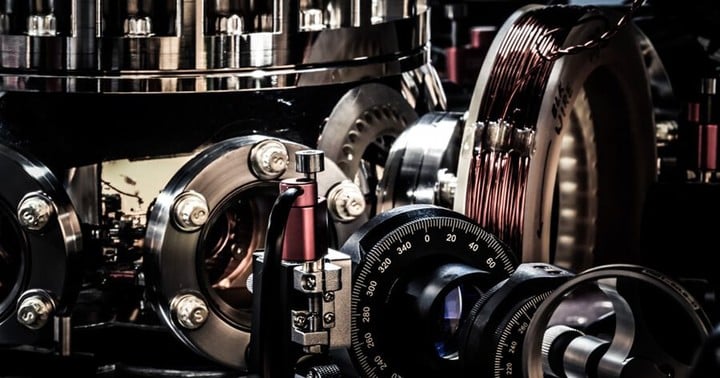
▲ Electric field coil Picture from: honeywell
Honeywell said that it hopes that in the next 3 months, the two-dimensional ion trap developed by Honeywell can be used for To 64 quantum numbers, and grow 10 times per year in the next 10 years.
At present, Honeywell’s quantum computing service has been docked with Microsoft’s Azure quantum computing cloud. Get service.

▲ Image from honeywell
In addition to working with Microsoft, Honeywell is also working with JP Morgan Chase. A quantum algorithm executed on a quantum computer. The head of JP Morgan Research revealed that this algorithm will be used to optimize financial portfolios and detect commercial fraud in the future, but as of now, the algorithm is still in the research stage.